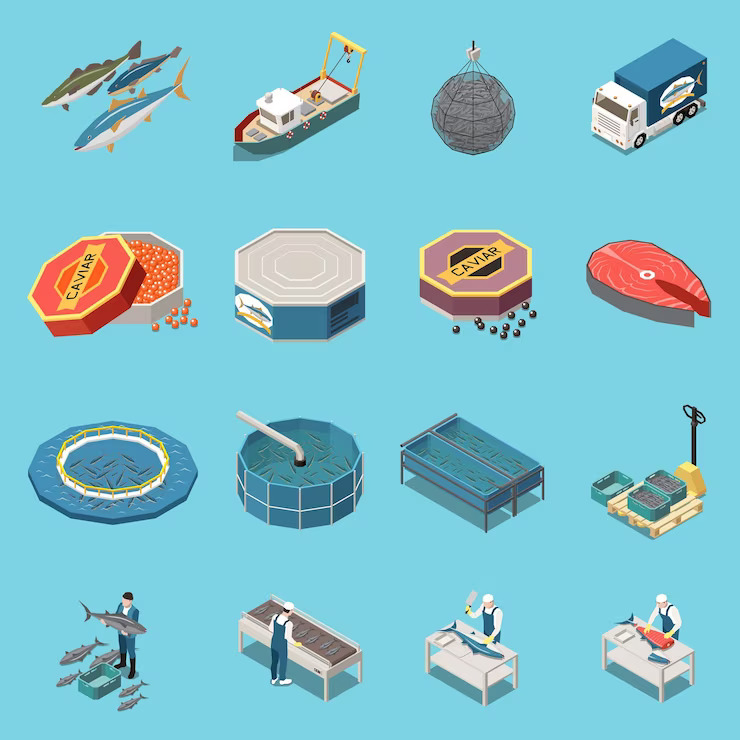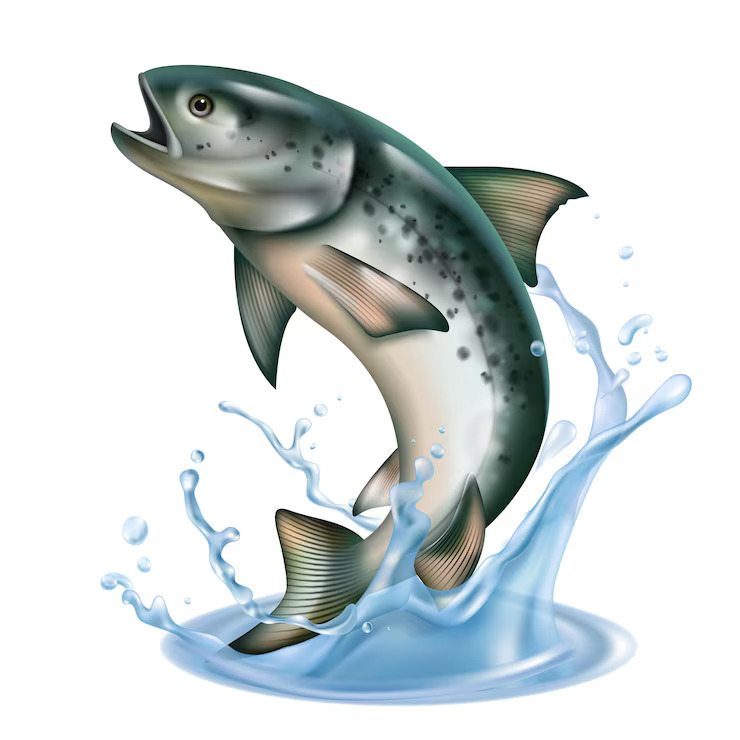Introduction:
The “Blue Revolution” marks a transformative period in the aqua industry, characterized by a surge in aquaculture production and a commitment to addressing global food security challenges. This movement, akin to the Green Revolution in agriculture, has played a pivotal role in elevating aquaculture as a sustainable and vital source of nutrition. In this article, we will delve into the key aspects of the Blue Revolution and its profound impact on aqua industry growth.

Body:
- Aquaculture Expansion:
The essence of the Blue Revolution lies in the expansion of aquaculture. This involves the systematic cultivation of aquatic organisms, including fish, shellfish, and aquatic plants, to meet the escalating demand for seafood. By harnessing controlled environments, aquaculturists have been able to optimize production, ensuring a more reliable and consistent supply of aquatic products. - Technological Advancements:
Central to the Blue Revolution is the integration of advanced technologies in aquaculture practices. Innovations such as automated feeding systems, water quality monitoring, and genetic improvement techniques have significantly increased efficiency and productivity. These technological strides not only enhance yields but also contribute to the sustainability of aqua farming. - Species Diversification:
One of the defining features of the Blue Revolution is the diversification of cultivated species. Traditionally dominated by a few high-value species, the aqua industry is now exploring the cultivation of a broader range of aquatic organisms. This not only mitigates risks associated with monoculture but also broadens the availability of diverse and nutritious seafood options. - Sustainable Practices:
Sustainability is at the core of the Blue Revolution. Aquaculturists are increasingly adopting eco-friendly practices, such as integrated multitrophic aquaculture (IMTA) and organic farming methods, to minimize environmental impact. This focus on sustainability ensures the long-term viability of aquaculture while preserving the health of aquatic ecosystems. - Economic Growth and Employment Opportunities:
The Blue Revolution has not only contributed to global food security but has also emerged as an economic driver. The expansion of aquaculture operations creates employment opportunities in coastal communities, fostering economic growth and providing livelihoods. This socio-economic aspect further reinforces the significance of the Blue Revolution. - Global Collaboration:
Recognizing the interconnectedness of aquaculture on a global scale, the Blue Revolution encourages collaboration among nations. Knowledge sharing, research partnerships, and the establishment of international standards contribute to the sustainable development of the aqua industry worldwide.
Conclusion:
In conclusion, the Blue Revolution has been a catalyst for unprecedented growth and innovation in the aqua industry. By expanding aquaculture, integrating advanced technologies, diversifying species, embracing sustainable practices, and fostering global collaboration, this movement has not only addressed food security challenges but has also laid the foundation for a resilient and sustainable future. As the aqua industry continues to evolve, the principles of the Blue Revolution will undoubtedly guide its path towards meeting the nutritional needs of a growing population while ensuring the health and vitality of our aquatic ecosystems.





